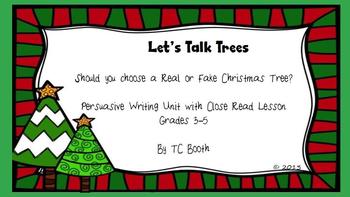Whew! I made it through the first week of school and am adjusting to having three different classes during the day. I wanted to follow through on my promise of another post on classroom management. The first couple of weeks of school is the time to establish routines and procedures of the class. If the students know what is expected of them and there is consistency in daily procedures, the less behavior issues you'll have in the classroom. After this week, I'm reminded of the importance of this.
Little things make a big impact. Take a look at simple ideas I've embedded throughout my day that make a difference in managing my classroom.
1. Establish Quiet Signals
This is extremely important. Have some type of signal to indicate that you need everyone quiet and their full attention. DO NOT try to talk over your students. Wait to talk until you have the attention of all the children.
Some ideas are...clapping a pattern that the children need to clap back, holding up the peace sign, give the high five hand signal, or a teacher call back. Teacher call backs are fun. I personally like that one. You can find many types of call backs on Pinterest. I'm excited to try some new ones this year.
2. Out of Seat Time
You may not think this is a big deal, but it is. When are students allowed to get out of their seats to sharpen pencils, throw something away, turn work in, etc. in your classroom? Perhaps the easiest way for me to address this is to tell you when my students are NOT allowed to get out of their seats or walk around the room.
- Students need to stay at their desks when I'm teaching or giving some type of instructions. I know this sounds like common sense, but I can't tell you the number of students at the beginning of the year that will get up and try to sharpen a pencil right in the middle of me teaching. And my electric sharpener is loud! They need to know from the beginning that instruction time is important and need of their full attention.
- Also, any time announcements come on over the speaker, it is time to stay put.
Of course there will be exceptions to the "out of seat" rule during these times for students that need to stand or wiggle or even pace back and forth. (ADHD students, Autistic, kinesthetic learners. etc.) However, I expect all students to listen during these times. I won't budge on that.
3. Group and Partner Work Expectations
Not only is it important to establish rules for these situations, I found that I need to actually demonstrate how to interact with each other during this time. Model, model, model! I can't express enough the importance modeling expectations. How do I do this? Let me show you.
Let's say I want students to work with a partner to finish two math problems. My student volunteer and I will talk it through like this.
Me: Do you want to read number one or number two?
Student: You can read first.
Me: Okay. I read the first problem.
I think the first thing we should do is.....what do you think?
Student: That's what I think.
Me: Let's both work it out and then see if we come up with the same answer.
Look at what I established as expectations for partner work with that role playing.
- How to talk to each other
- Both are expected to take a turn in leading
- Both students need to work out the problem
What if they didn't agree on the answer? I will role play that scenario also in which we talk it through. More times than not, the person that didn't have it correct will realize by talking it through. If they still don't agree then they can raise their hands for my help.
I hope these simple tips help out. You can grab a free copy of my
Team and Partner Posters here.
Have a great school year!





























